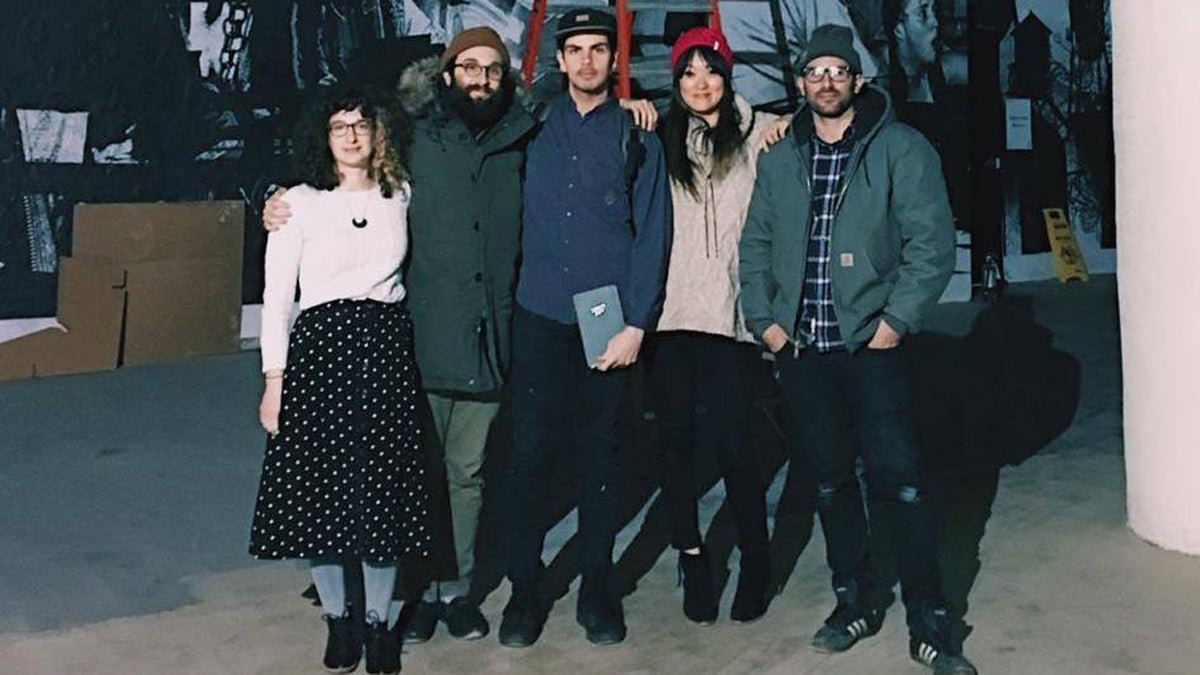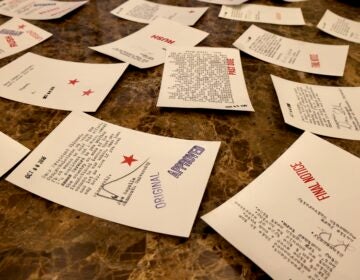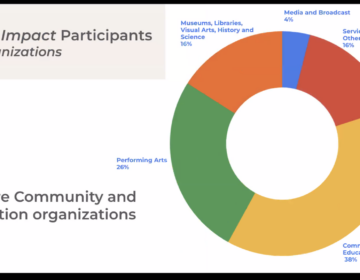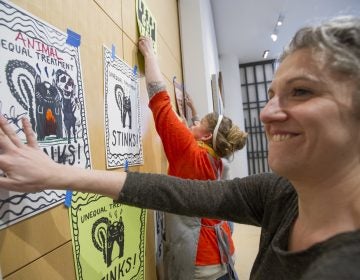Turning empathy and solidarity into collective action

The organizers of Collective Action
Collective Action, a silent art auction this weekend to benefit 10 different nonprofit organizations, was born out of feelings of frustration and sadness mixed with anger and helplessness shared by many people in Philadelphia in the early morning hours of Nov. 9.
I can not stress enough that we are not simply sore losers. This was not about a lost vote; it was a legitimate fear of the future and a disillusionment of the world around us.
When a swastika was painted on a store window just blocks from my house, my sister called me from California. Tearful, she asked if I was OK, and told me to be safe — not a phone call I would expect after a presidential election. My brother-in-law, a doctor in Texas, was followed late at night on his way to his hospital and was berated with racial slurs. We saw countless acts of hatred and harassment with people explicitly citing our incoming president as their motivation.
We were told that these acts aren’t what Donald Trump represents. We were told to wait and see what happens. But there was no need to wait.
The question “What do we do?” came up a lot among my friends in the week following the election. The discussion involved a lot of head shaking, shoulder shrugging, and words I won’t write here passed through sighs. We wanted to act as quickly as possible.
My daily life is not driven by political activism in the way it once was. Years of activism at a young age and a degree in history, examining the worst our world has had to offer, has not left me with an incredibly motivated optimism. Fortunately, my wife, Grace Ahn, had a real, concrete, doable idea, and was motivated to bring it to life: an art show to raise money for those standing up to Trump’s reactionary rhetoric.
As a professional in arts education, she turned to something she knew and had experience with and found a way to use it to help those in need.
The initial concept was for a small art show at a bar or coffee shop, hoping to sell original work and raise a few thousand dollars. After an overwhelmingly positive response on Facebook, we realized that not only could this happen, but with people this excited about it, it absolutely needed to. With the help of friends, we had responses from over 100 artists. So we scaled up. We sought out a 4,000-square-foot industrial space, pushed the date back, and increased our fundraising goal to $20,000.
The hardest part was deciding who to donate to, partly because so many communities feel attacked, demoralized, and at risk of losing their rights; partly because there are so worthy organizations fighting back.
Throughout his campaign and now approaching his inauguration, Trump has vilified Latino immigrants, suggested a ban on Muslims entering the country, suggested punishment for women seeking abortions, questioned the reality of climate change, brought on a vice president who is opposes LGBT rights, and embraced the presence and endorsements of white supremacists. We chose to split the proceeds evenly among 10 national and local organizations whose work we think combats this hatred, ignorance, and rhetoric: Planned Parenthood, Mazzoni Center, Juntos, Al Aqsa Islamic Academy, NAACP Legal Defense Fund, Standing Rock Sioux Tribe, Southern Poverty Law Center, Network of Abortion Funds, International Refugee Assistance Project, and the Natural Resources Defense Council. None of them has endorsed the event or has anything to do with its organization. Most of them can’t. But we wanted to make sure we were providing support, not creating additional work for them.
Then the rest of the work became fun and inspiring. In the course of organizing, we realized that for every kind of person who feels under attack, there are organizations that have been ready to stand up for them for years. Fighting back is important; fighting back together is more important. Beyond the fundraising, we will also be building community.
The important thing to know about putting this event together is that it is not organized by a large nonprofit with a fundraising committee. It is not backed by a political party or a national initiative. It was started by one person, my wife Grace, asking herself the same question that many of us were asking ourselves mid-November: “What do we do?”
The way she answered that question was to look at herself, her skillset, her community. She recruited four friends with no financial backing and limited time. We held weekly meetings at bars. We took on individual tasks, reached out to everyone we knew, and called in every favor we could. So the answer to that question of “What do we do?” is “Whatever we can.” Whatever we can do to support those who will need it, that’s what we do.
WHYY is your source for fact-based, in-depth journalism and information. As a nonprofit organization, we rely on financial support from readers like you. Please give today.




